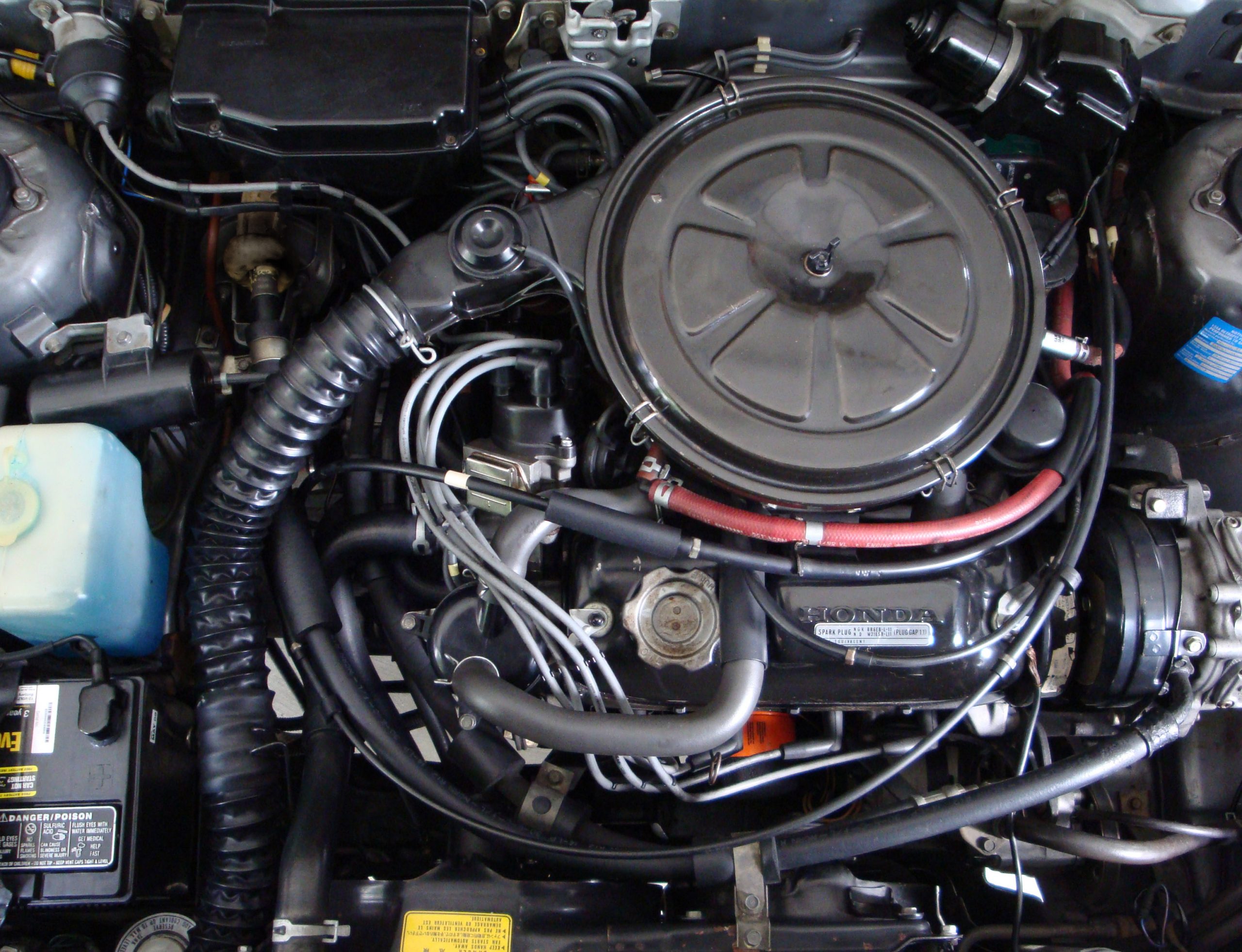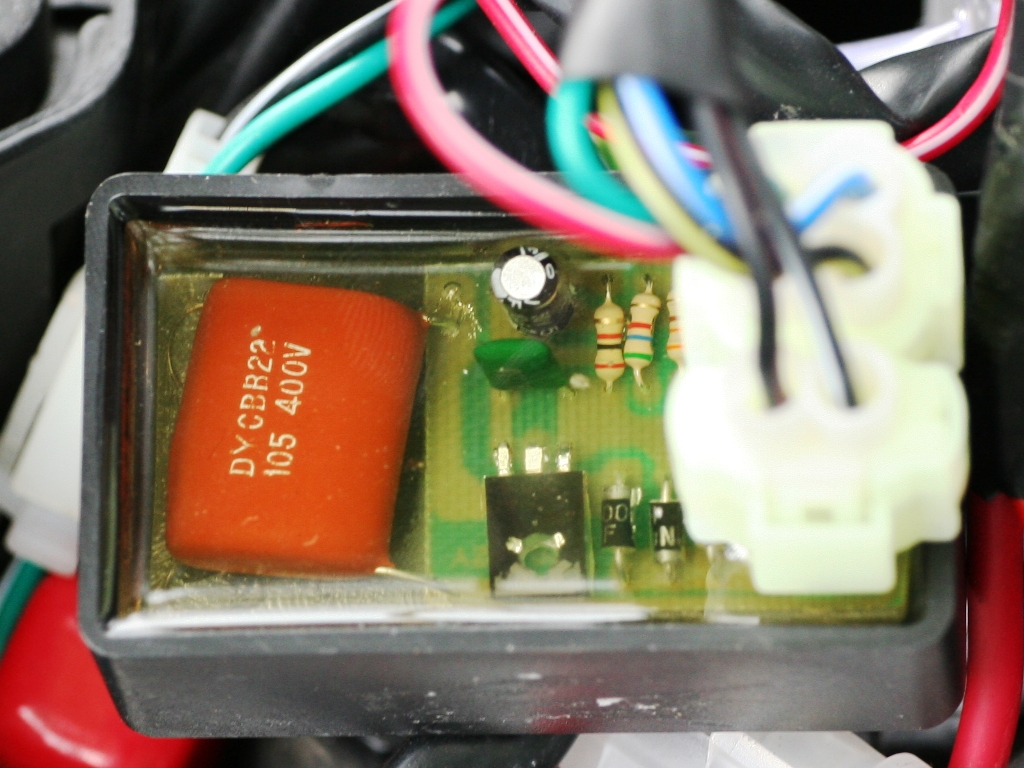Contents
– Ignition condenser: what is the ignition system?
– How does the ignition capacitor work?
If you own a classic car or a car older than 20 years, it is likely to be equipped with an ignition capacitor. Do you want to know more about it? This post explains the role of the ignition capacitor in the ignition system.
Ignition capacitor: What is the ignition system?
The ignition system is always present in modern gasoline vehicles. Its role is to deliver a spark to the spark plug to ignite the air-fuel mixture in the cylinder. Today, an electronic engine management computer is responsible for this task.
Components of the ignition system

In previous generations, the system is electromechanical. It is composed of the following elements:
– Spark plugs: made up of two electrodes; these are the ones that deliver the spark necessary for combustion.
– Ignition coil: this is the central element of the device. It is a voltage multiplier. It is supplied with a low voltage of 12 volts for the primary circuit and delivers the necessary voltage to the spark plug, a high voltage of 10 to 12000 volts for the secondary circuit.
– Igniter: this is a mechanical device driven by the engine. It has a set of contacts (switches or platinum screws) whose opening, synchronized with the combustion, causes the saving spark.
Good to know: in electricity, the opening of a contact corresponds to breaking the electrical circuit.
How the ignition system works
When you use any electrical appliance (drill, grinder, hairdryer, blender, etc.), or when you activate a switch, whether it is open or closed, you may have noticed the generation of an electric arc?
This is the “choke effect”: it is a self-sustained instantaneous voltage production caused by a change of contact state, depending on the power supply’s opening or closing.
In the ignition system, this principle is exploited: the igniter contact’s opening causes a choking effect on the coil’s primary circuit at about 80 to 100 volts. This effect is then amplified by the spark plug’s secondary circuit, which causes an electric arc at its level.
How does the ignition capacitor work?

Characteristics
Cylindrical shape (Ø15 mm x length of about 50 mm) contains a winding of dielectric plates that have the property to store and restore electrical charges.
The electrical properties of the capacitor are defined by its electrical capacity: C= q/V
– C: capacity in Farad (F) ;
– q: quantity of electricity in Coulombs ;
– V: voltage applied to the terminals of the capacitor.
Good to know: 1 coulomb is the quantity of electricity that passes through a conductor in 1 second for a current of 1 ampere.
The average capacity of an ignition capacitor is about 22 microfarads (µF).
Role in the ignition circuit
The ignition capacitor’s role could be illustrated by an expression specific to the emergency services: “speed – prevention – assistance.”
– speed: because one of its qualities is to restore the stored energy very quickly. When the contacts are opened, this restitution speed will optimize the choke effect, thus the quality of the spark plug.
– prevention: it guarantees the integrity of the contacts. By absorbing the current peak, it prevents the voltage generated when they open from destroying them prematurely.
– assistance: when the spark plugs are produced, there is a resilience effect due to the high voltage of the secondary circuit of the coil, increasing the voltage in the primary circuit by several tens of volts. This overvoltage is “mopped up” by the capacitor, which stores it until the next time the contacts are opened.
Maintenance
The ignition capacitor does not require any maintenance, but its role remains essential.
In case of malfunction, the symptoms will be engine stalling, rapid destruction of the contacts and inability to start.
A new ignition capacitor will cost you about ten dollars.
If you had any ignition capacitor malfunction and you had them replaced, please remember to share your experience in the section below.


